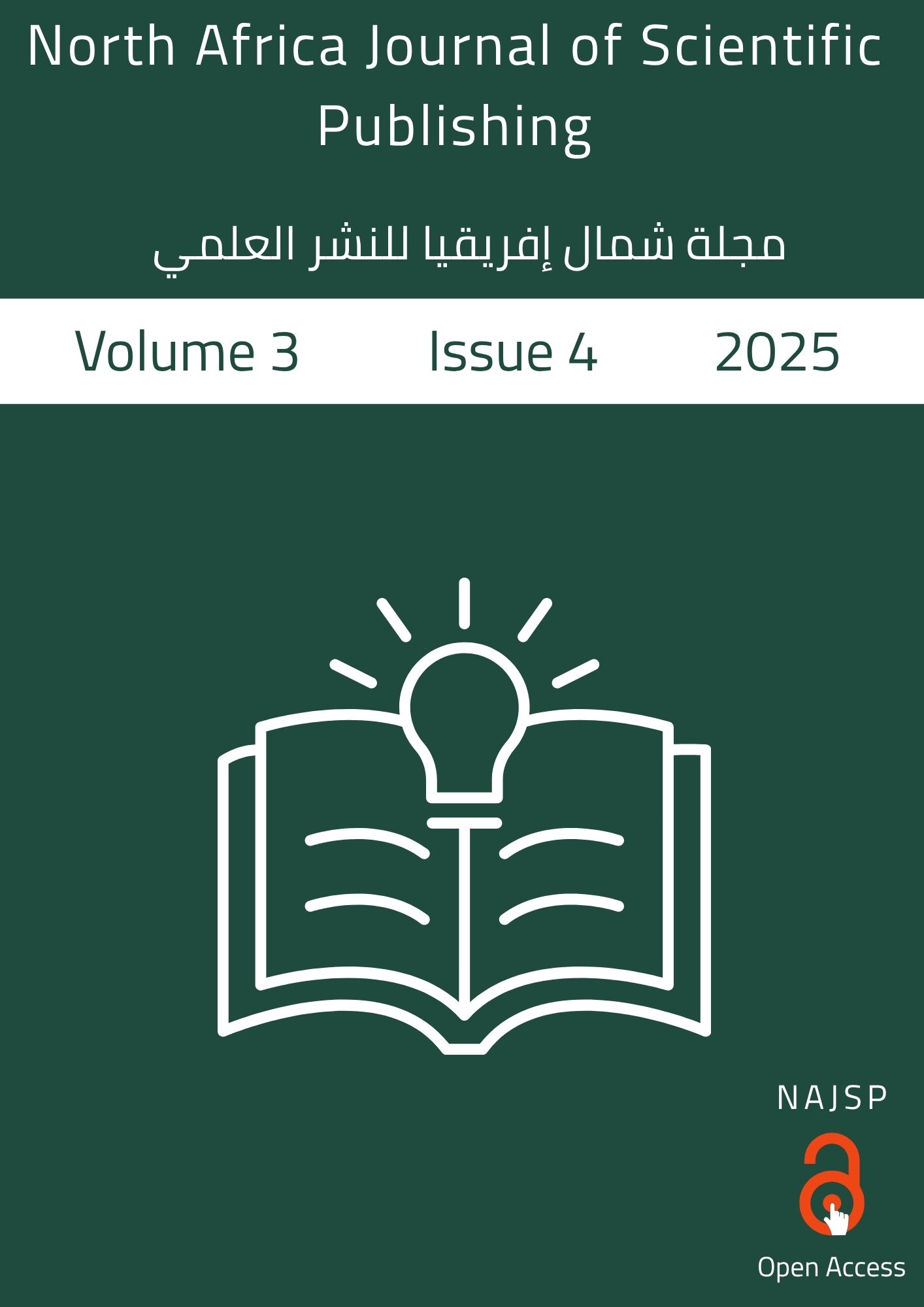Estimating the Food Gap and Self-Sufficiency Rates for Basic Food Commodities in Libya for the Period (2000-2021) AD
Keywords:
Food Gap, Self-Sufficiency Ratios, Food SecurityAbstract
The issue of food security is one of the most important strategic issues facing Libya, as it is linked to deep economic, political and social factors that would affect the stability and well-being of society. The research aims to measure the size of the food gap and self-sufficiency rates for the main food commodities, in addition to analyzing food dependency on the outside in Libya for the period (2000-2021). The results showed that there is a food deficit and a significant decline in self-sufficiency rates, especially in strategic crops (cereal group), represented by wheat, barley and legumes. It has been shown that the increase in the quantities consumed of these commodities did not come from the increase in local production only, but rather foreign imports contributed significantly to the local consumption of these commodities, and this is due to the sector’s deficit. The agricultural sector is meeting the local demand for these products. The research results also showed that Libya enjoys high self-sufficiency rates in vegetables and eggs due to its sufficiency in local production, which requires intensifying efforts to achieve sustainable agricultural development. The research concluded with a set of recommendations, including paying attention to small farmers because they constitute the vast majority of the agricultural sector, in addition to achieve integration between the agricultural and industrial sectors, we must also work to increase the production of strategic crops (the grain group) because they are part of the daily diet of most Libyans. Otherwise, food dependency on foreign countries will increase to meet local demand, which threatens food security.







